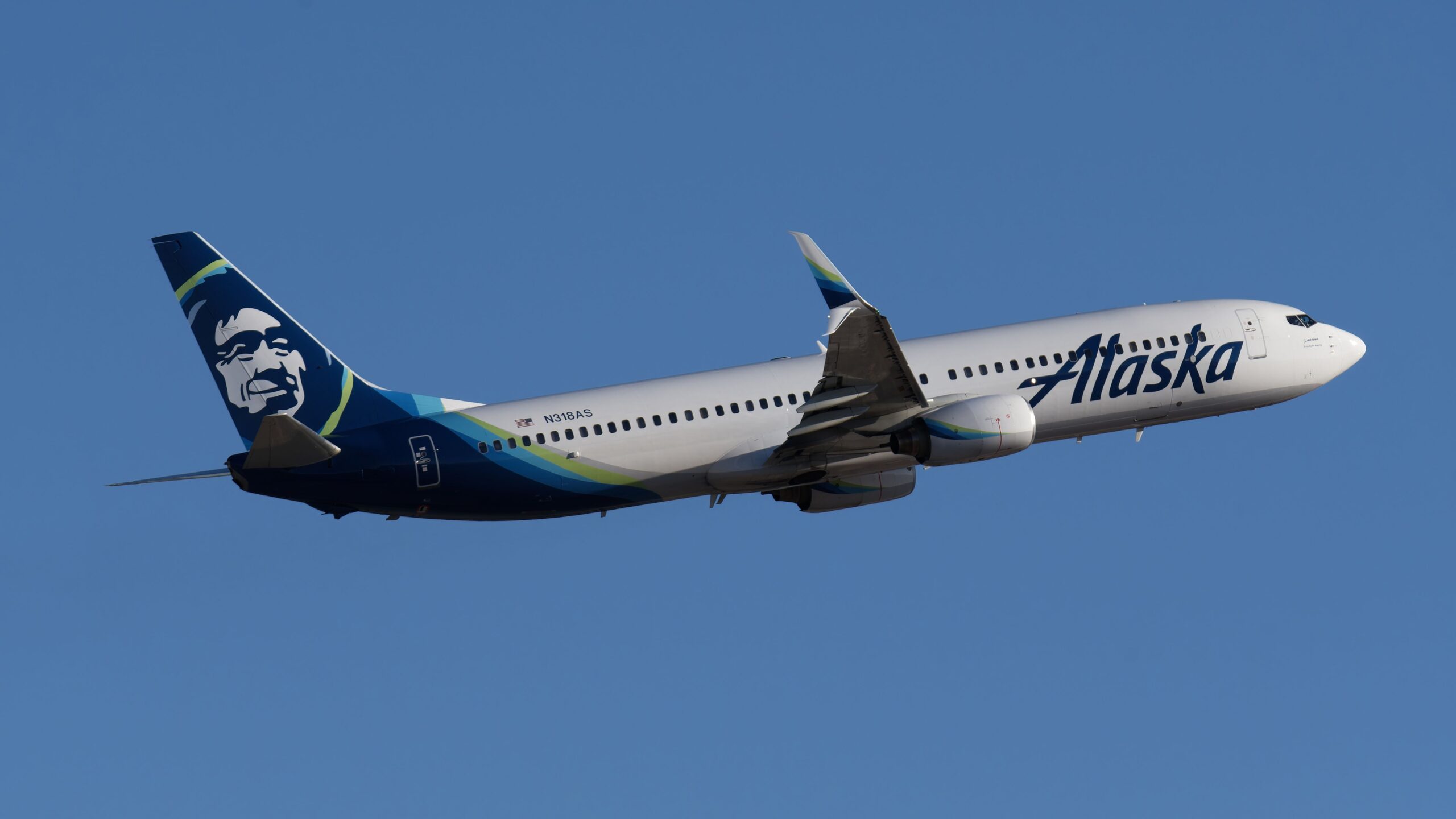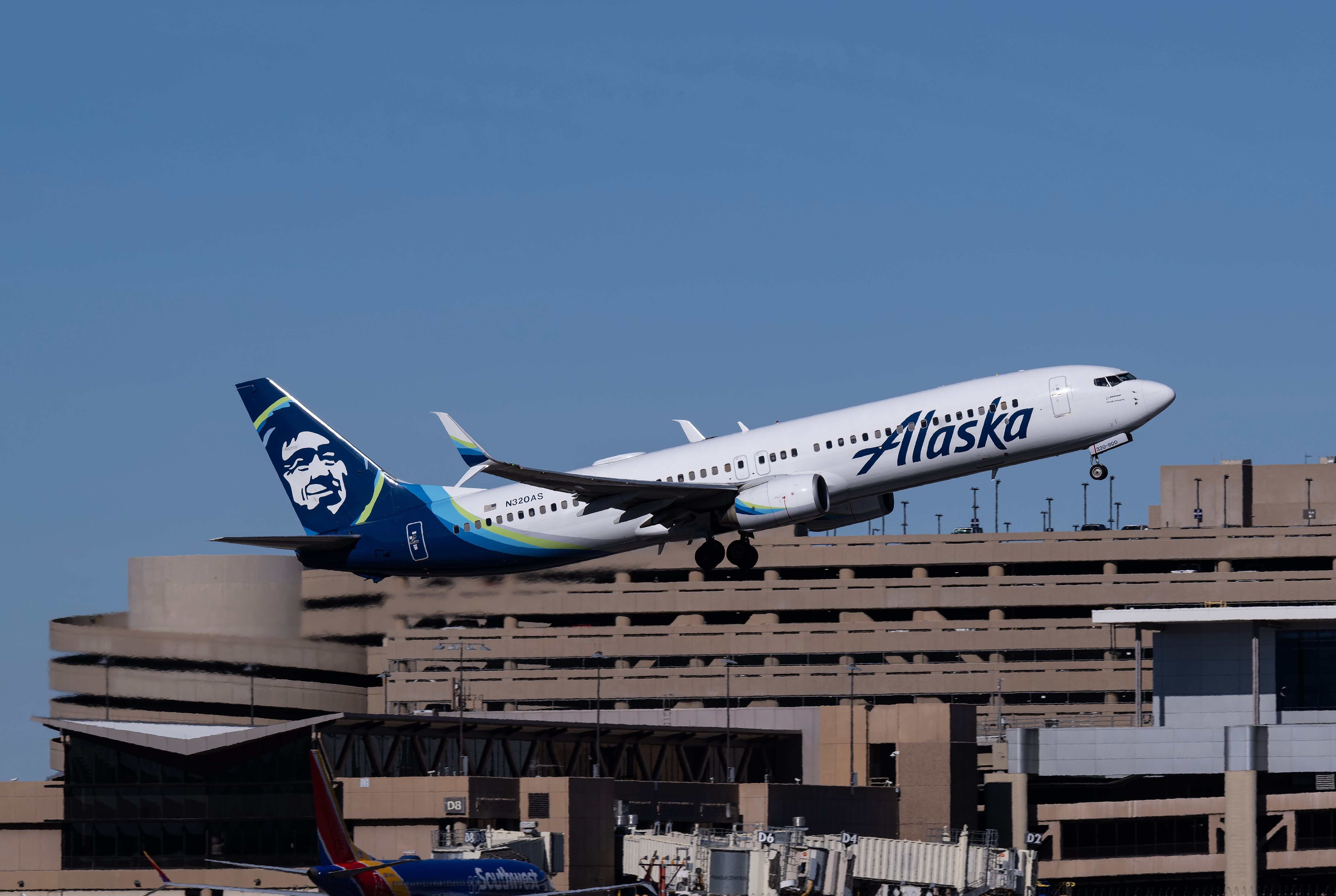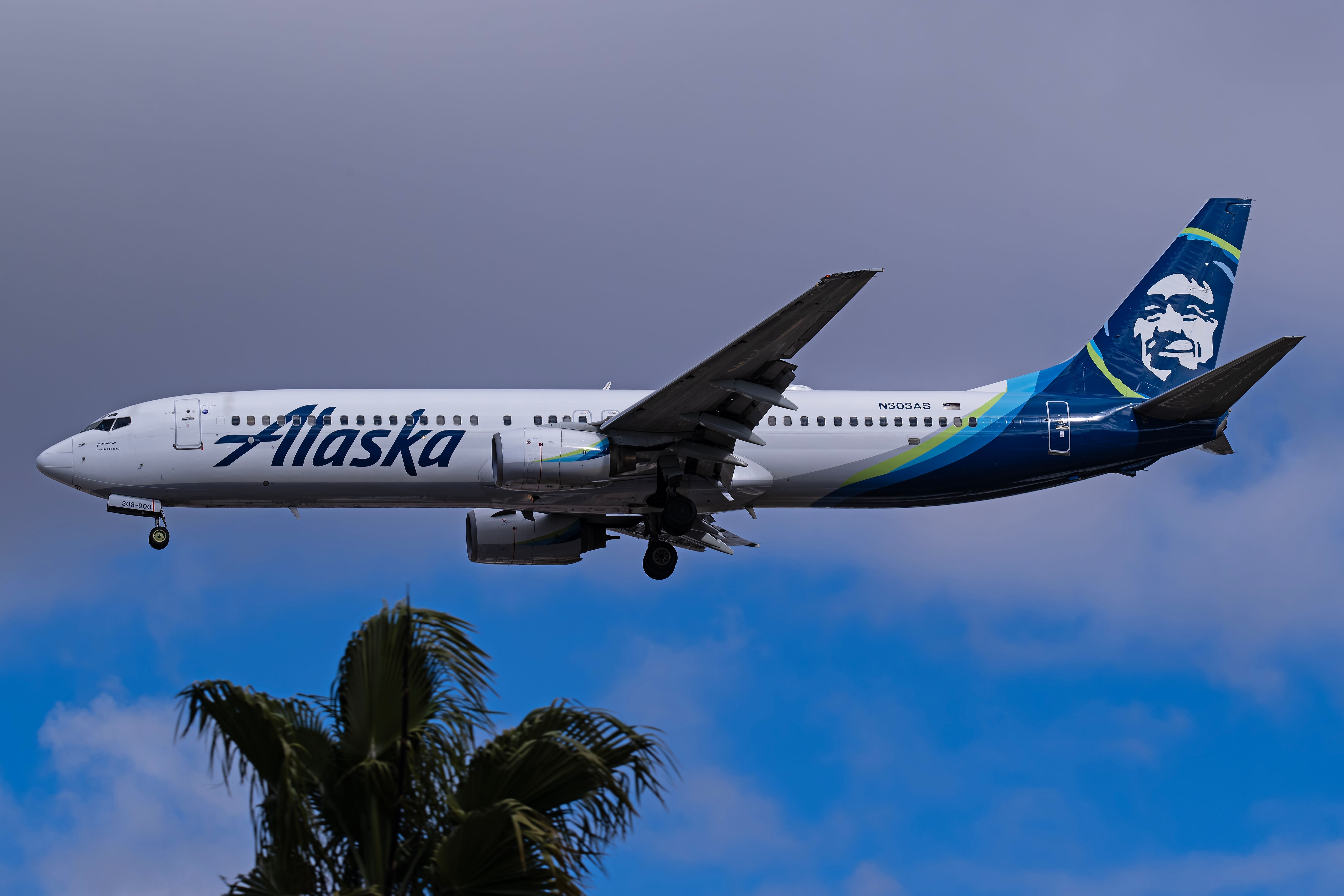Alaska Airlines is planning to bid farewell to its entire Boeing 737-900 fleet in 2025. The Seattle-based carrier, which operates 11 examples of the aircraft, will retire the fleet gradually.
It comes as the carrier has been taking delivery of newer 737 MAX aircraft. However, ongoing delivery delays have pushed some planes that were expected to enter the fleet this year into next year.
Saying goodbye after 24 years
As outlined in Alaska’s Form 10-Q published at the beginning of the month, the airline will reduce its 737-900 fleet in half by the end of this year, and it has already begun. Then, throughout 2025, the remaining six aircraft will exit the fleet. Simple Flying contacted Alaska on Friday for details about the aircraft’s retirement, but a representative could not be immediately reached.
Photo: Robin Guess | Shutterstock
The move will mark the end of an era as Alaska was the launch customer for the aircraft type in 1997. The airline celebrated the delivery of the first aircraft in true Alaska fashion as Iditarod Trail sled-dog race champion Doug Swingley and his team escorted the plane out of Boeing’s factory in Renton, Washington, for its world premiere in 2001.
The fleet at a glance
Alaska would take delivery of a total of 12 examples: five in 2001, one in 2002, five in 2003, and one in 2004, according to Planespotters.net. The average age of the 11 planes currently in service is 22.6 years. Retirement has already commenced as the airline removed N323AS in July – the youngest aircraft in the fleet.
|
Aircraft |
Age |
Delivery Date |
Status |
|---|---|---|---|
|
N302AS |
24.1 years |
April 2003 |
In service |
|
N303AS |
23.9 years |
June 2001 |
In service |
|
N305AS |
23.5 years |
May 2001 |
In service |
|
N306AS |
23.4 years |
May 2001 |
In service |
|
N307AS |
23.3 years |
May 2001 |
In service |
|
N309AS |
23.1 years |
July 2001 |
In service |
|
N315AS |
22 years |
September 2002 |
In service |
|
N317AS |
21.5 years |
March 2003 |
Parked *(Ferried to Will Rogers World Airport (OKC) on August 30, 2024) |
|
N318AS |
21.3 years |
May 2003 |
In service |
|
N319AS |
21.2 years |
June 2003 |
In service |
|
N320AS |
21 years |
September 2003 |
In service |
|
N323AS |
20.6 years |
February 2004 |
Retired *(Ferried to Pinal Airpark (MZJ) on July 5, 2024) |
The aircraft accommodate 178 passengers in a two-class format. First class has 16 recliner seats in a 2-2 layout, while coach has the remaining 162 seats. 24 seats in the front of the main cabin are designated as “Premium Class” as they offer increased legroom.
When Alaska took delivery of the aircraft, they had a different seating configuration and lacked some of the amenities passengers currently enjoy, such as seatback USB ports, power outlets, and WiFi. The planes were also subsequently equipped with Boeing’s innovative Space Bins, which increased overhead bin space to accommodate 48% more bags.
Alaska typically deploys its 737-900s on routes along the West Coast, interior West Coast, and Midwest from its hub at Seattle-Tacoma International Airport (SEA). Over the years, they have primarily visited markets such as Anchorage, San Francisco, San Jose, Juneau, Phoenix, Salt Lake City, Denver, Spokane, Tucson, St. Louis, Portland, and Kansas City.
Yes, there’s a difference between the -900 & -900ER
The 737-900 is not to be confused with the 737-900ER, which Alaska also operates and will continue to operate. The aircraft are very similar, but the -900ER has extended range capability – hence the name. It is also equipped with a door plug that can be activated if the cabin is configured to accommodate more passengers. However, Alaska has the same cabin configuration featured on the -900 and -900ER. The airline has a total of 79 examples of the -900ER, and the fleet is much younger than its -900 counterpart, with an average age of 8.6 years.
Early 737 NG (Next Generation) aircraft, which consist of the -700, -800, and -900 variants, were built without blended winglets. Alaska retrofitted some of its -900s with the fuel-saving wingtips, but also left a few examples without them. The aircraft sporting their original wings are N302AS, N303AS, and N305AS.
Photo: Robin Guess | Shutterstock
The 737-900ER proved to be much more favorable among airlines. United Airlines is the only other US operator of the original -900 variant and has 12 aircraft. Only 52 examples of the type were ever produced.



